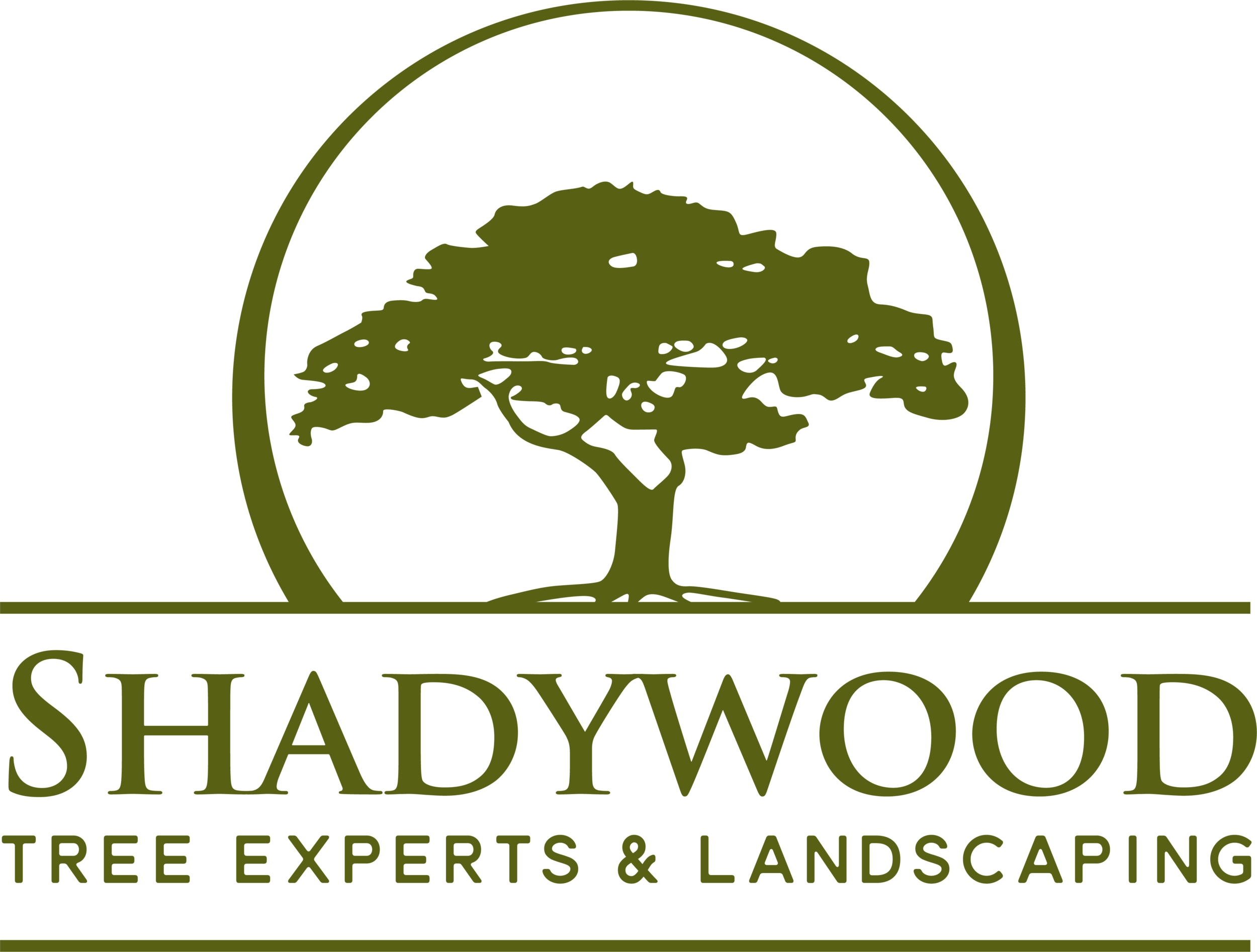Fall Fertilization: Drought vs. Saturation — Why Twin Cities Trees Are Stressed in Late Summer
If you noticed trees showing early fall colors, you’re not alone. While we expect rich reds and golds in late September, early color change beginning in August often signals that trees are stressed; it’s not seasonal magic. In 2025, Twin Cities trees are feeling the effects of two extremes — drought and saturation — and both can harm their health heading into winter.
Why Trees Are Stressed This Year
1. Drought stress
Extended dry spells mean soil moisture is depleted, especially in sandy soils that can’t hold water. Roots struggle to take up enough moisture, leading to wilting leaves, early color change, and reduced growth.
2. Saturation stress
Heavy rains or poorly draining clay soils can cause the opposite problem — waterlogged roots. Without enough oxygen, roots weaken and can’t absorb nutrients, leaving the tree vulnerable to disease.
3. Late-summer impact
By August, the combination of summer heat and inconsistent moisture depletes trees’ stored energy. This is when you might see sugar maples, birches, and stressed oaks turning color weeks ahead of schedule.
The Role of Fall Fertilization
Fall is the ideal time to replenish nutrients. Fertilizing in late September to early October:
Supports root growth before the ground freezes
Replaces nutrients leached out during heavy rains
Helps trees store energy for spring leaf-out
For the best results, aerate compacted soil before fertilizing so nutrients can penetrate deeper.
Watering Tips for Different Soil Types
Every soil type in the Twin Cities behaves differently, so your watering schedule should match your yard’s conditions:
• Sandy soil (drains quickly)
◦ Water deeply every 4–5 days in dry weather. ◦ Apply mulch to conserve moisture.
• Loamy soil (balanced drainage)
◦ Water once or twice a week, allowing the top few inches to dry between watering.
• Clay soil (holds water)
◦ Water less often but for longer periods to encourage deep roots.
◦ Avoid frequent, “shallow” watering to reduce root rot risk.
Pro tip: Water early in the morning so leaves dry quickly and less water is lost to evaporation.
Soil Aeration is Important
Compacted soil prevents both water and fertilizer from reaching tree roots. Late summer or early fall is a great time to:
• Use a core aerator for lawns around trees
• Loosen mulch and add organic matter to improve infiltration
• Avoid piling mulch against the trunk (mulch volcanoes trap moisture and invite rot)
Takeaway
Early leaf color isn’t just autumn showing up early — it’s often a sign that trees are struggling. By adjusting your watering schedule to your soil type, aerating compacted ground, and applying fall fertilization, you can help your trees recover from a stressful summer and enter winter stronger.
-Wes, Certified Arborist Shadywood Tree Experts


